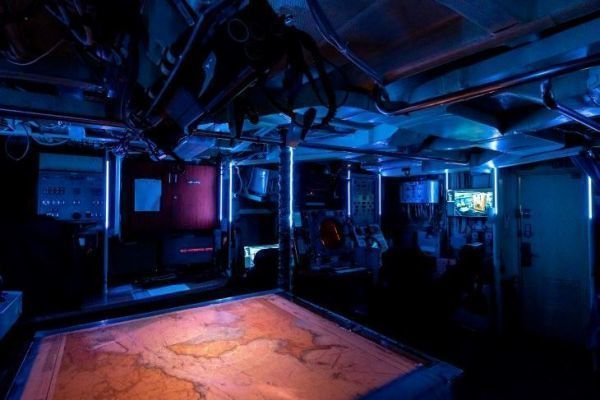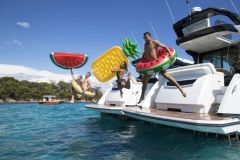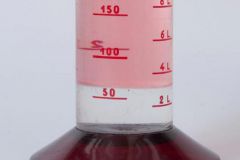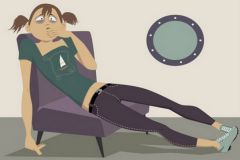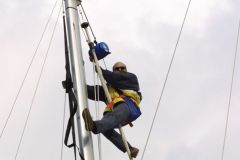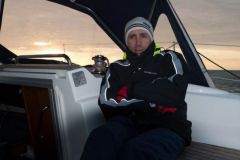Seasickness affects over 30% of passengers. Having already developed anti-seasickness glasses, French company Boarding Ring is continuing to innovate in an attempt to put an end to motion sickness. It has recently developed and patented Boarding Light, an on-board device made up of light columns. These provide intelligent lighting that reacts to the boat's movements, offering passengers a form of artificial horizon that limits or prevents the onset of seasickness.
Combating kinetosis
Seasickness occurs when what we see does not match the sensations of the inner ear. While vision is limited, the inner ear perceives all movements. In 2015, Mr Jeannin and his two sons took up the challenge of relieving the hundreds of millions of people affected by motion sickness. This led to the development of the Boarding Glasses and then the Boarding Light devices, directly targeting the source of motion sickness: kinetosis. The system addresses the sensory conflict between the eye and the inner ear.
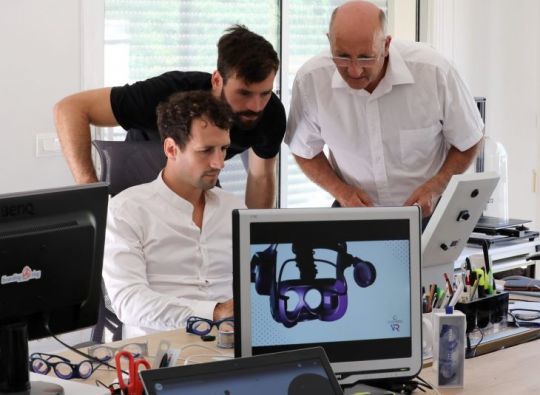
International recognition
Boarding Ring soon introduced its first product, Boarding Glasses, an alternative to anti-motion sickness medication. Thanks to the blue liquid they contain, these anti-ketosis glasses create an artificial horizon in the visual field, eliminating the sensory conflict that causes nausea in just a few minutes. Despite their surprising appearance, these glasses have met with growing commercial success, and initial awards have recognized Boarding Ring's technological expertise, notably in the marine sector with the DAME Award, the world's leading design competition for innovative marine equipment.
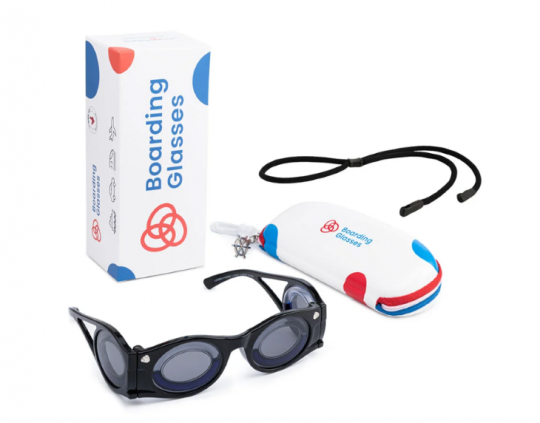
Boarding Light, what is it?
Again, no need for medication. Based on patented Boarding Ring technology, Boarding Light is a system of lighting columns linked to an intelligent control unit.
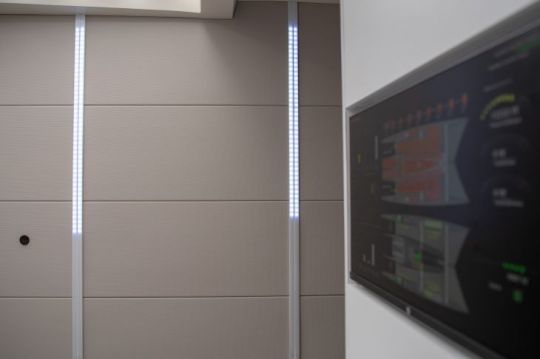
Boarding Light is totally autonomous, and programmed to switch on and off according to a predefined schedule. It features an internal clock with independent battery. When Boarding Light's status is set to "on", the LED columns are animated. The upper part of the columns is on, while the lower part is off. The change in height of the boundary (or on/off) between the upper and lower parts is calculated according to the boat's movements and accelerations. This creates an inertial horizon in the visual environment.
The integrated lighting system transforms the interior into a comfortable space where you can relax in total serenity and concentrate on important tasks with the utmost vigilance.
Tested with French Navy personnel
The Boarding Light project has been tested with personnel from the French Navy, in collaboration with the Hydraulic Technical Expertise and Test Center of the French Armaments Procurement Agency (DGA). A Boarding Light system was specifically designed and installed on board the Central Operation (CO) of a French Navy patrol boat.
Touch-sensitive data collection tablets were used to measure sea state and assess the level of seasickness felt by sailors. In addition, an inertial unit installed by the DGA enabled precise analysis of the sea state. The system consisted of 18 independent vertical LED columns, each one meter high. Each LED column was connected to the Boarding Light control box located near the center of Central Operations, fixed to the ceiling.
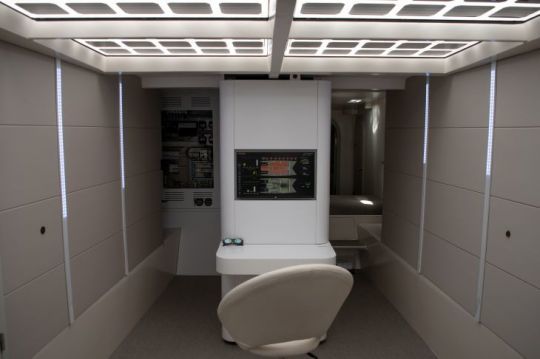
The experiment took place in real-life conditions, mainly assessing the level of seasickness experienced by sailors in two situations: when the Boarding Light device was switched on, and when it was switched off. Antoine Jeannin, one of the founders, explains: ' for each sailor taking a watch in the operations center, the protocol consisted in filling in a questionnaire on the sailor's state of seasickness, on entry and then on exit. The staff were rather curious and involved in the experiment. ''
With 1,500 shift sessions recorded, the results showed 75% effectiveness among the personnel tested, particularly among the most sensitive individuals. What's more, symptom intensity was cut in half on average by the system, even under less favorable sailing conditions.
This efficiency in the fight against seasickness offers promising prospects, whether in the civil or military field, but probably not yet for preventing seasickness on our pleasure boats...

 /
/ 